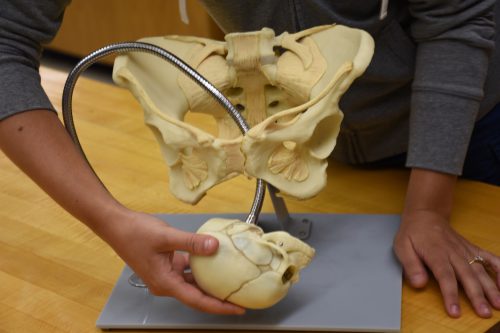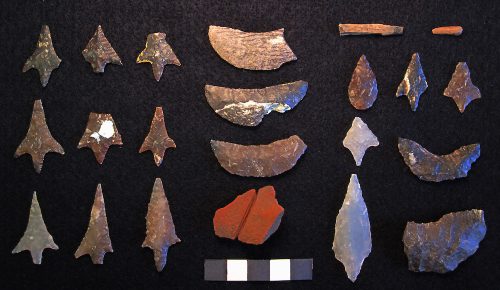
Five Breakthrough Signs of Early Peoples in the Americas
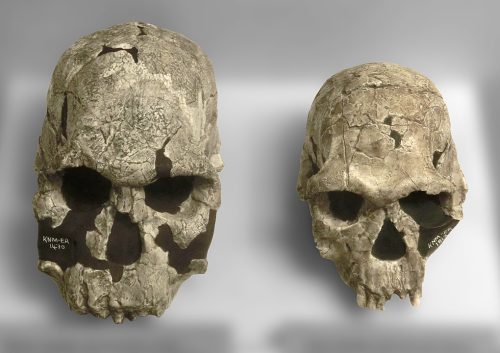
Five Human Species You May Not Know About
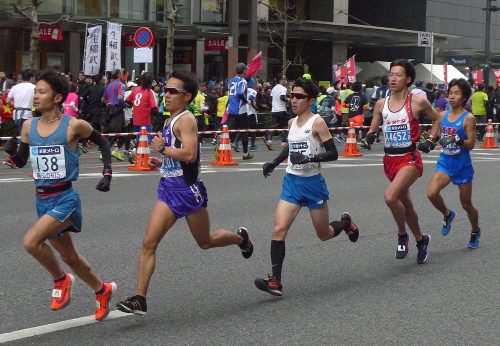
Five Ways Humans Evolved to be Athletes

Five Solstice Sites That Aren’t Stonehenge
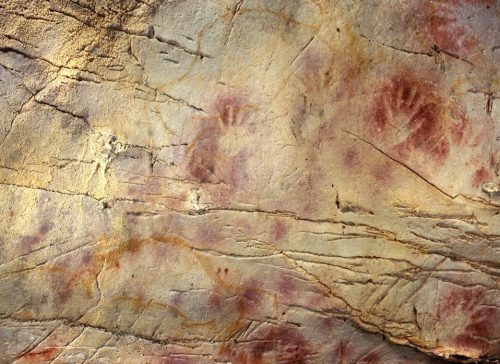
Did a Magnetic Field Reversal Doom Neanderthals?
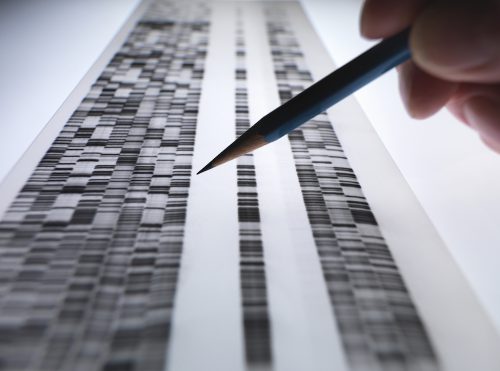
Mapping Human and Neanderthal Genomes
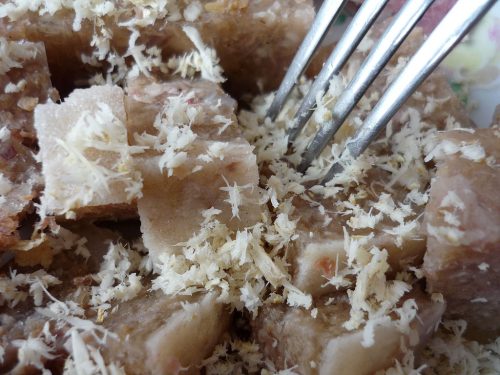
The Evolution of Comfort Food
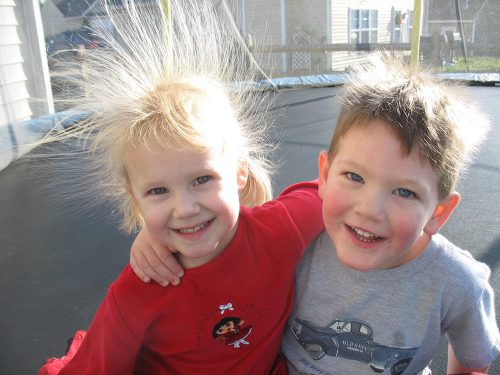
A Spark of Insight Into Neanderthal Behavior
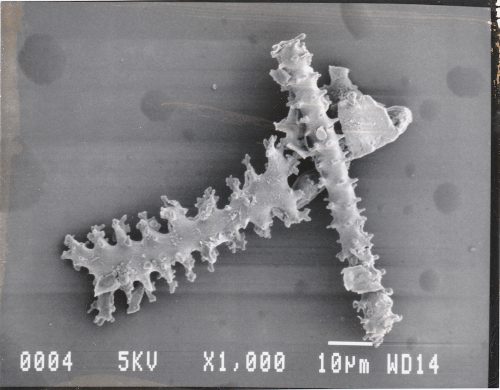
Do I Have Microremains in My Teeth?
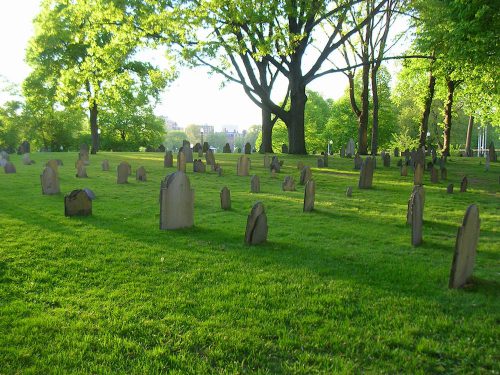
Coronavirus and Coping With Death
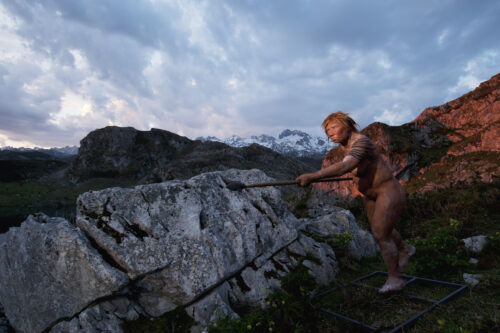
Neanderthals: Body of Evidence
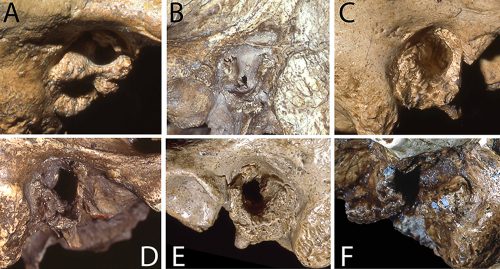
The Neanderthal Ear—Prone to Irritating Infections
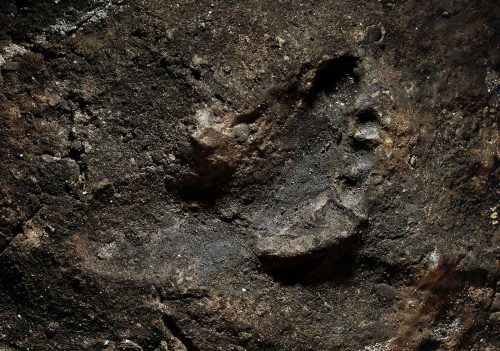
Neanderthal Legs and Feet—Suited to Sprinting
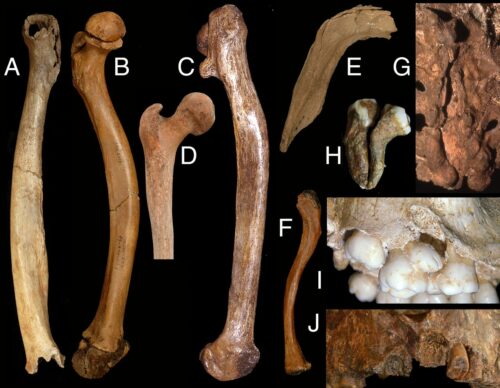
Neanderthal Bones: Signs of Their Sex Lives
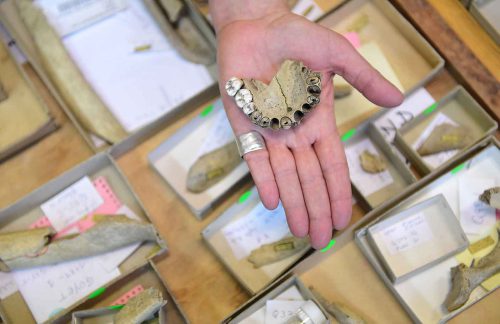
The Neanderthal Diet—From Teeth to Guts
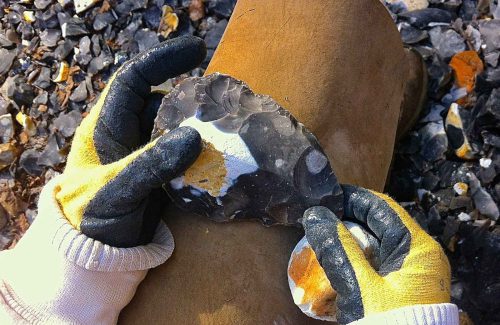
The Neanderthal Arm—Hints About Handedness
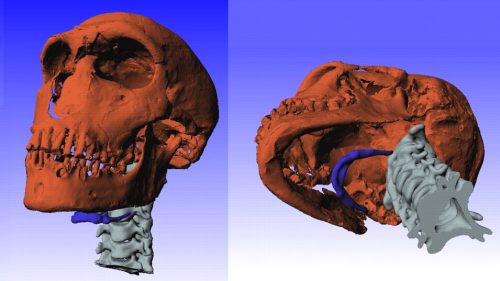
The Neanderthal Throat—Did Neanderthals Speak?
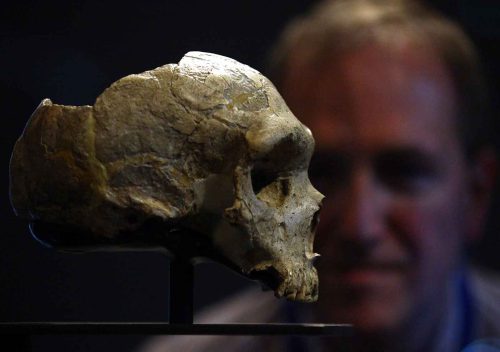
The Neanderthal Brain—Clues About Cognition
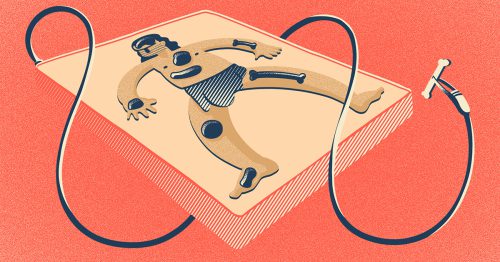
A Head-to-Toe Tour of the Neanderthal
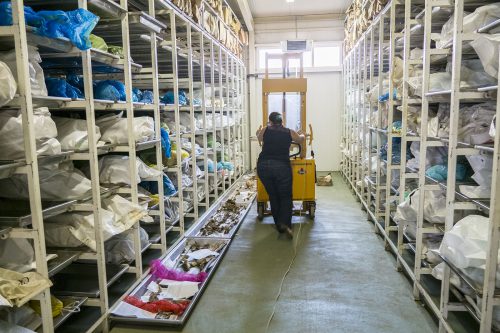
For One Forensic Anthropologist, Resilience Is Bone Deep
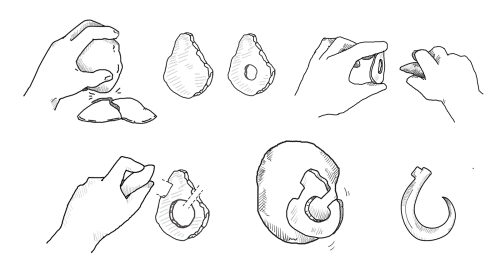
How an Archaeological Experiment Revealed California’s Ancient Past
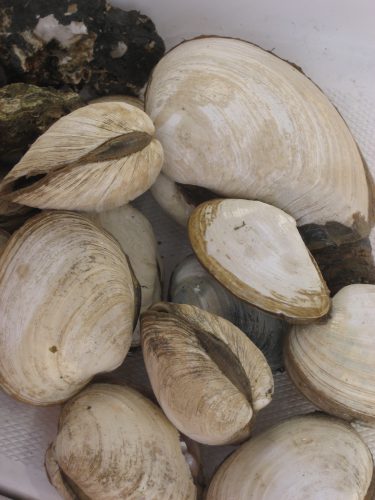
What Clam Thermometers Tell Us About Past Climates
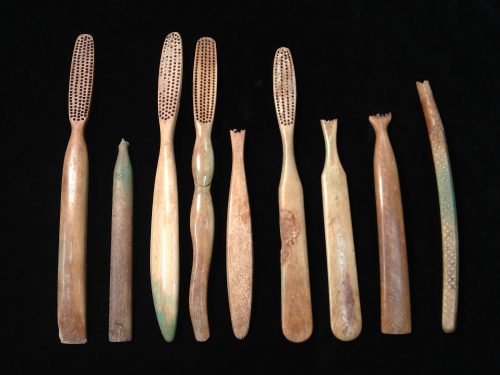
Secrets of a Brothel Privy
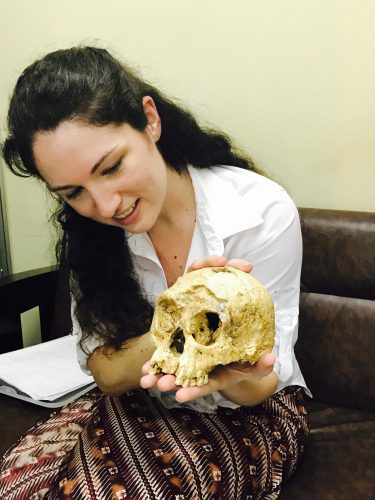
Can Rat Bones Solve an Island Mystery?
